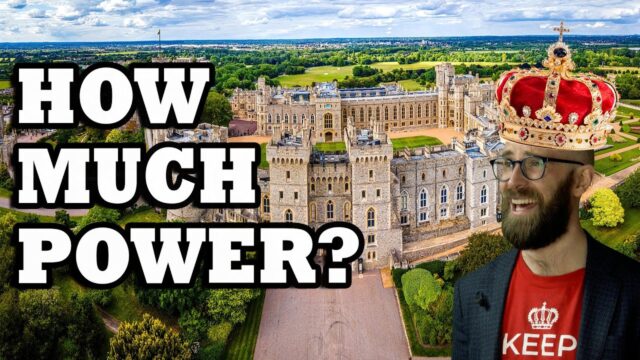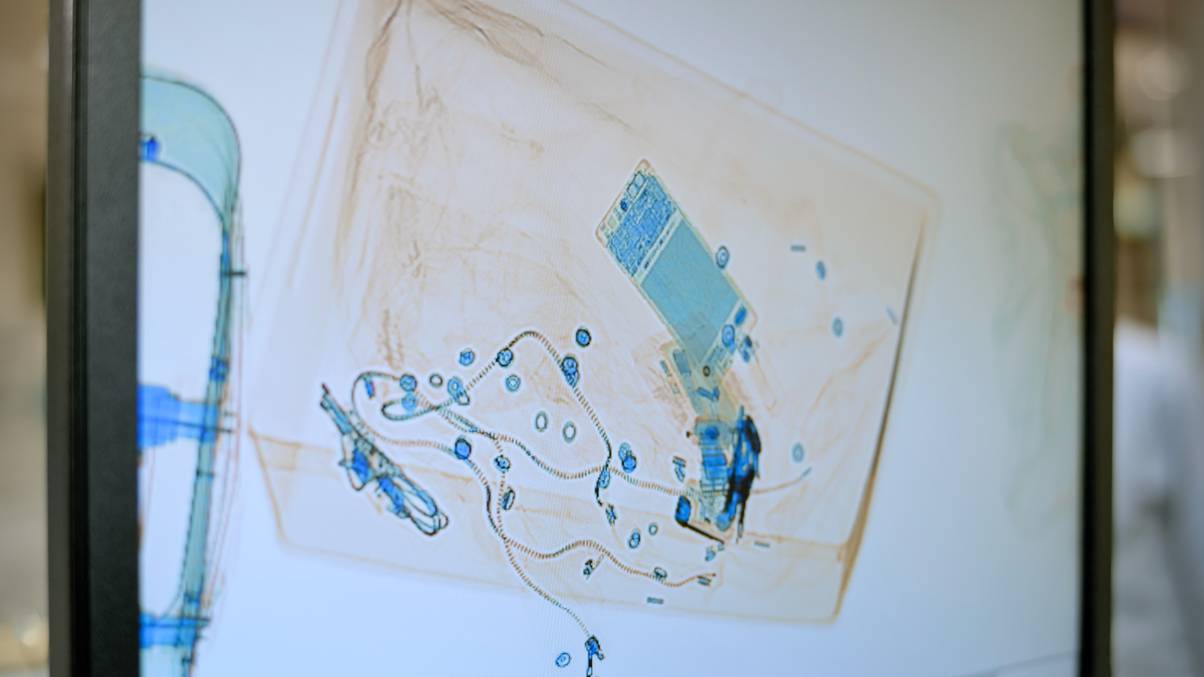“Unraveling the Myths: The Surprising Reality of Medieval Monarchical Power Revealed!”
And we begin with a pivotal event that took place on June 15, 1215, when an assembly of English barons asked King John to sign one of the most important documents in human history.
That document was the Magna Carta, today described by the British parliament as
‘The first document to put into writing the principle that the king and his government was not above the law. It sought to prevent the king from exploiting his power, and placed limits of royal authority by establishing law as a power in itself.’
As for the story behind all this, the much maligned John, also known as ‘Lackland’, reigned over England for a whopping 27 years, from 1189 to 1216. In the year before his death, on June 15, 1215, he agreed to signing the aforementioned ‘Great Charter’.
Leading up to all this, John and his Northern and Eastern barons had not exactly been the best of pals. First, he had exacerbated tensions by increasing taxes, necessary to raise an army against France. These individuals may have been happy to forgive him if they’d gone on to win a war and potentially acquire spoils for all to share in. But when France and King Philip II proceeded to wipe the floor with the King John’s forces as happened at the Battle of Bouvines on July 27, 1214, let’s just say the King’s subjects were displeased.
The debacle precipitated the enmity with the barons, which escalated into a full rebellion. Amongst their many gripes, the noblemen resented John’s autocratic and tyrannical rule. As we shall explore later, it was customary in England to involve councils of barons and bishops in lawmaking, something that the ‘Lackland’ had been accused of not doing.












